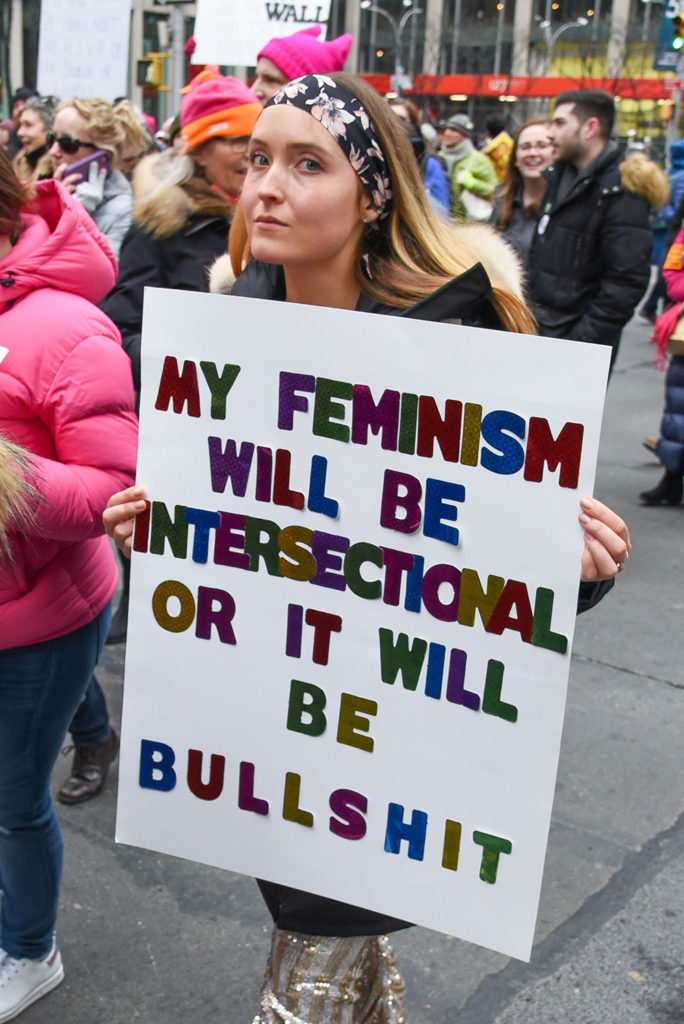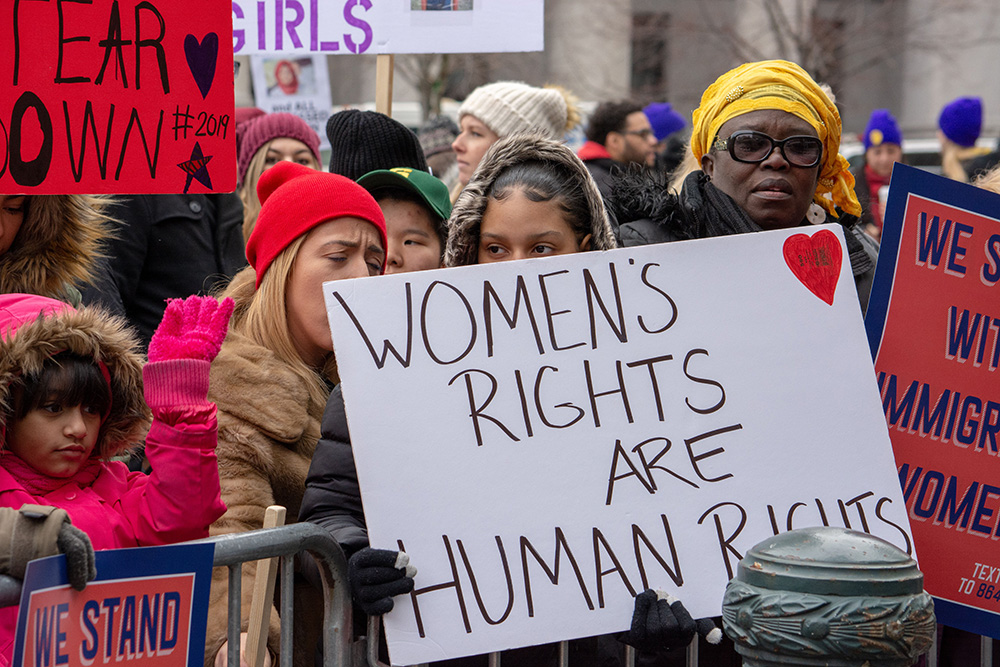The 2019 Women’s March marks three years since 4 million women across the globe traced the streets in protest of Donald Trump’s inauguration. But the 2019 turnout begs the question: Is there room for improvement for this movement?
The Women’s March, which was first introduced in resistance towards Trump’s presidency of the United States with a clear agenda of protecting and defending women’s rights, safety, health and communities, has seen its fair share of ups and downs.
The 2017 Women’s March inspired hundreds of women to run, millions more to vote, and dozens to win elected office. According to Vox, “With around 1 percent of the entire population of the United States participating, the event was probably the largest single-day protest in the country’s history.”
In 2018, the Women’s March was back with more reason than ever turbo-charged by the #TimesUp movement, but although the numbers paled in comparison to 2017, the march was still a sustained, impactful resistance.

But it appears third time around is nor lucky or charming for the movement with support in New York’s Foley Square on January 19 only appearing in the low thousands.
You could blame the -1°C temperature for the contemptable turnout, but as US media outlets continue to dissect, it seems the controversy calling the organisers’ management into question has left the movement up in the air.
At the heart of the controversy is an accusation of anti-Semitism concerning one of the several organisations that grew out of the 2017 March – Women’s March Inc.
The allegations came via a 10,000-plus-word investigation by Tablet magazine written by Leah McSweeney and Jacob Siegel, which, according to The Cut “focused on the group of women who run the organization — notably, co-chairs Carmen Perez and Tamika Mallory, who are accused in the investigation of making egregious anti-Semitic statements on multiple occasions.”

This, paired with the said mismanagement, a history of lack of financial transparency and some major PR miscalculations, was enough reason for partners to back out and consequently cause the number of attendees to fall.
Per the Daily Beast, less than half of the approximately 550 groups that partnered with the 2018 march would return for the 2019 event. The most recent sponsor — and one of the march’s biggest — to pull support from the 2019 march is the Democratic National Committee.
But in the spirit of women’s rights, irrespective of these allegations, thousands of women continued to march in locations across the globe including London, Berlin and other American cities such as Seattle, Washington D.C, Boston and Los Angeles.

It’s important to recognise – controversy and declining numbers aside – just how far the march has come in “establishing intersectionality as a core tenet not just of mainstream feminism but of Democratic politics,” writes Vox.
While the future of Women’s March is unclear, the impact they have had on the USA – and even other parts of the world – during the Trump “era” is nothing short of major. And on that note, an encouraging note via the Women’s March in reference to their Unity Principles which continue to guide the light for their movement.
We believe that Women’s Rights are Human Rights and Human Rights are Women’s Rights. We must create a society in which women – including Black women, Indigenous women, poor women, immigrant women, disabled women, Jewish women, Muslim women, Latinx women, Asian and Pacific Islander women, lesbian, bi, queer, and trans women – are free and able to care for and nurture their families, however they are formed, in safe and healthy environments free from structural impediments.











